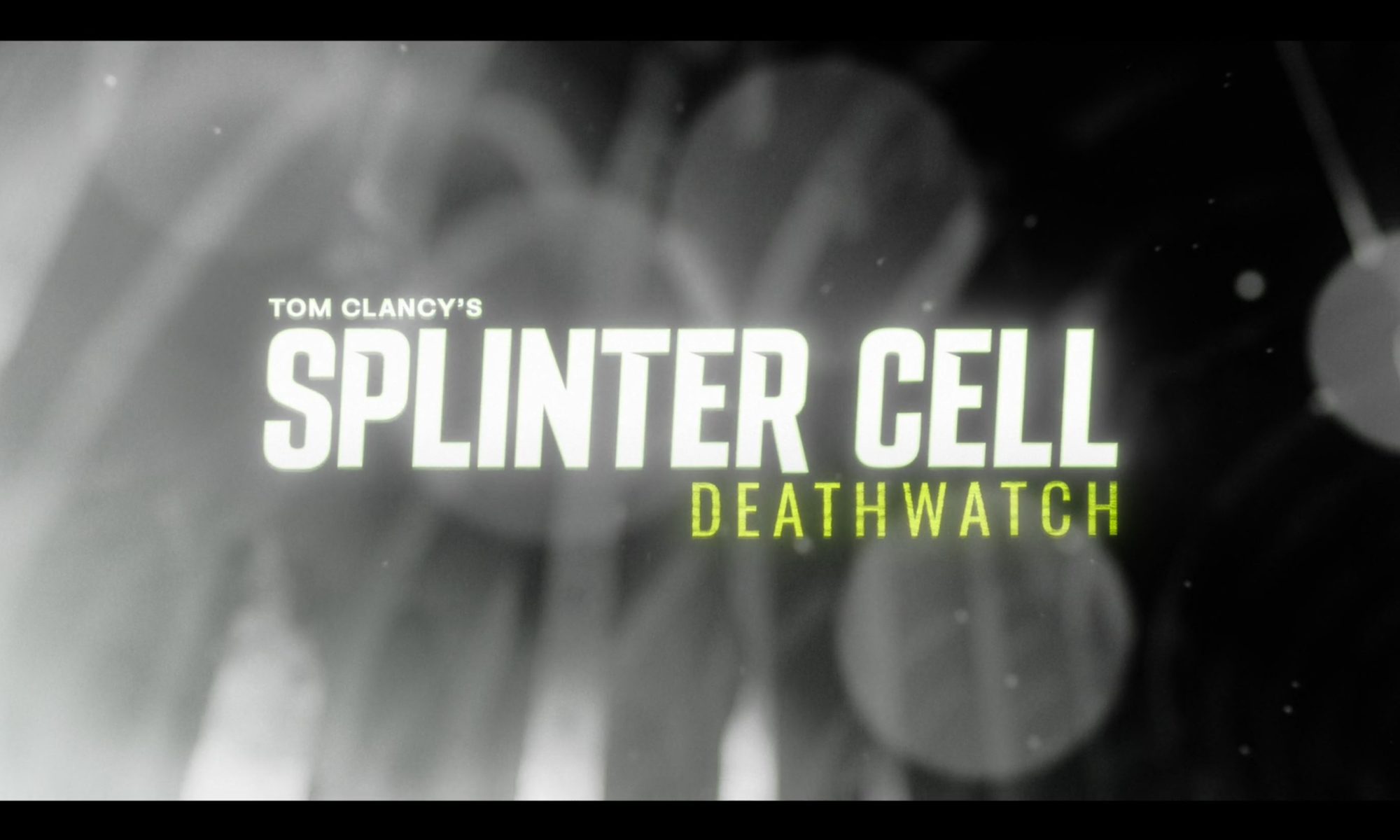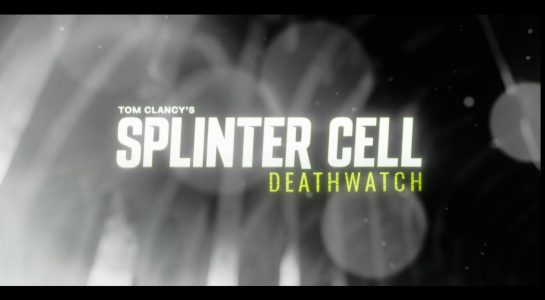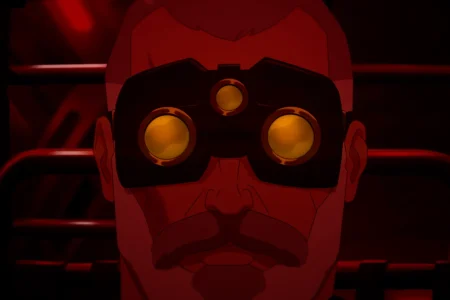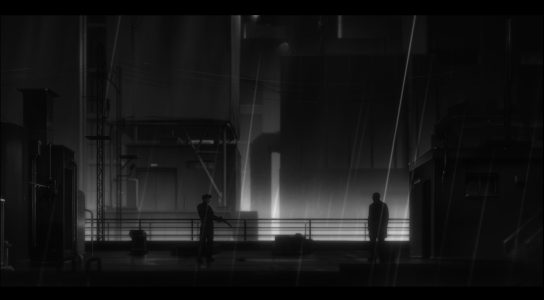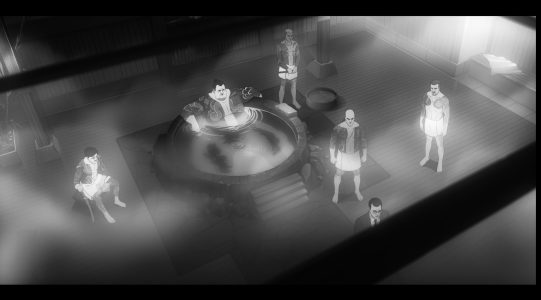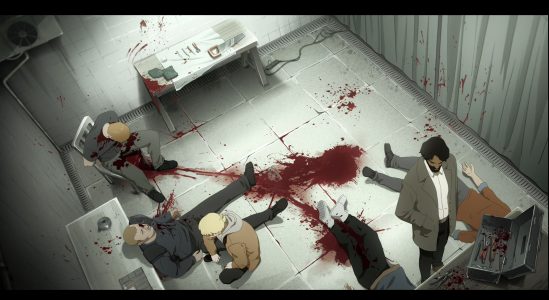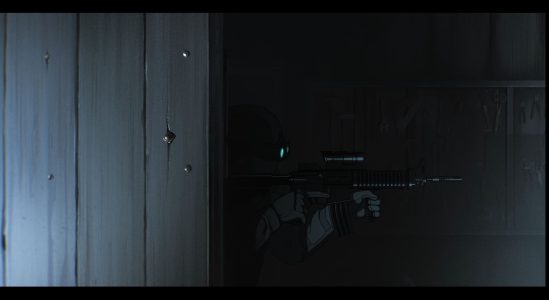Splinter Cell: Deathwatch is an adult animated espionage action television series that premiered on Netflix on October 14, 2025. The series consists of eight episodes, each with a runtime of 20–27 minutes. The episodes were directed by Guillaume Dousse. In terms of reception, it holds an 83% approval rating on Rotten Tomatoes, based on 12 reviews, and a Metacritic score of 70 out of 100, indicating "generally favourable" reviews.
Splinter Cell: Deathwatch is an interesting, if uneven, expansion of the Splinter Cell world for longtime fans of the games. Sam Fisher feels familiar, and Liev Schreiber’s voice brings a sense of weariness and experience that suits the character perfectly, evoking the gravelly intensity of Michael Ironside from the original games while giving the character a slightly older, more reflective edge. The series hits key notes from the original trilogy, especially Chaos Theory, so players who remember sneaking through shadows and planning each move will recognize and enjoy the references.
Visually, the show is striking in some ways. The muted colours and heavy use of shadow give it a film noir feel, and the way spaces are framed, such as corridors, rooftops, and interiors, creates tension even though the viewer isn’t controlling the action. The animation has a careful, almost architectural sense of space, which mirrors the strategic thinking the games demanded, but it sometimes feels too static; the action isn’t as kinetic or gripping as it could be. For a franchise that originally impressed with inventive gameplay, the series’ visual style can feel conservative. Key sequences rely on cuts and camera angles rather than dynamic movement, and while the staging evokes a sense of spatial awareness, it rarely surprises the eye or pushes stylistic boundaries in the way the games once did.
The story and characters are a mix of strengths and weaknesses. Fisher remains compelling, with his inner conflicts and moral calculus giving the narrative weight, but the villains are underdeveloped and occasionally feel more like obstacles than fully realized threats. In translating a game built on interactivity to a passive medium, the tension of stealth loses some immediacy; we observe Fisher planning and executing rather than experiencing the suspense ourselves. At times the plot leans on familiar espionage tropes, and moments that could provide emotional resonance or ethical complexity pass by too quickly.
Where the series excels is in its atmosphere and attention to detail. The lighting, composition, and sound design all contribute to an immersive espionage world, while small touches, such as technology interfaces, mission callbacks, and environmental cues, reward those familiar with the games. In this sense, Deathwatch functions as a thoughtful companion piece: it provides insight into Fisher’s psychology and ethical world, it celebrates the franchise’s aesthetic, and it evokes nostalgia for longtime players. It may not replicate the thrill and ingenuity of the original games, but for fans, it offers a stylish and contemplative look at the life of Sam Fisher beyond the controller.


